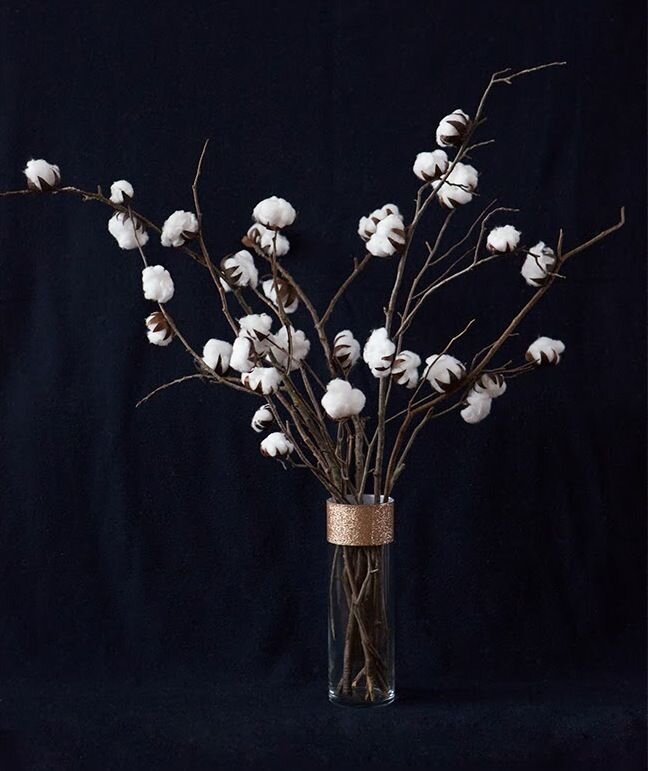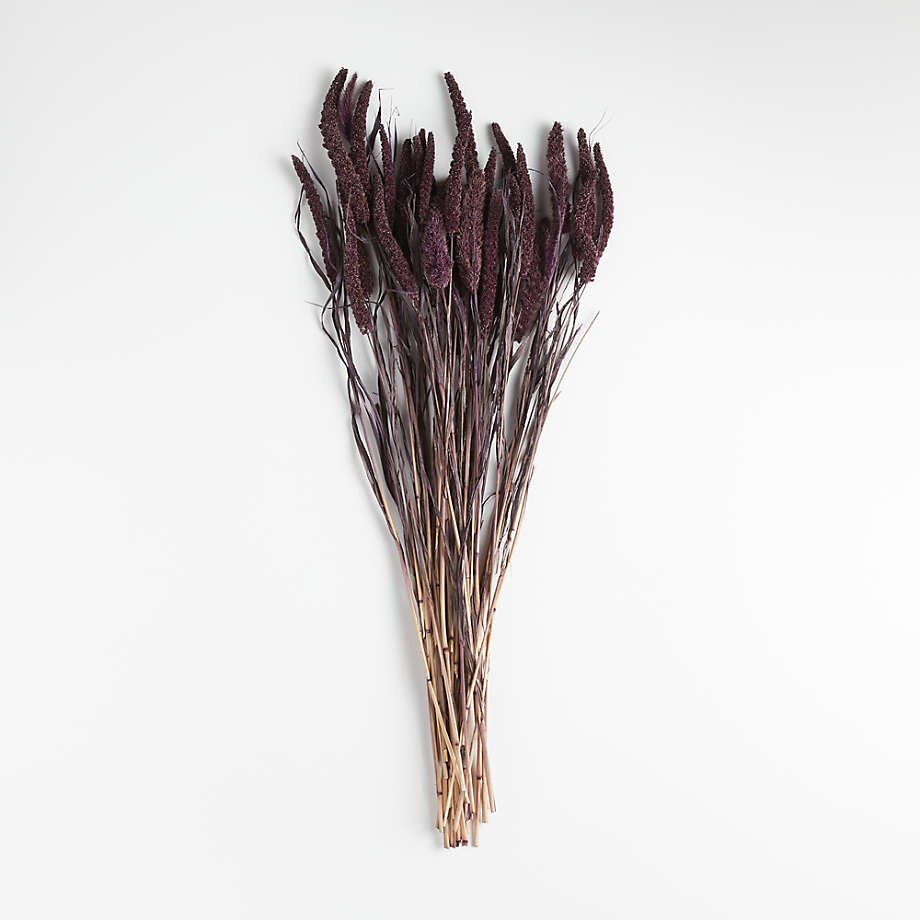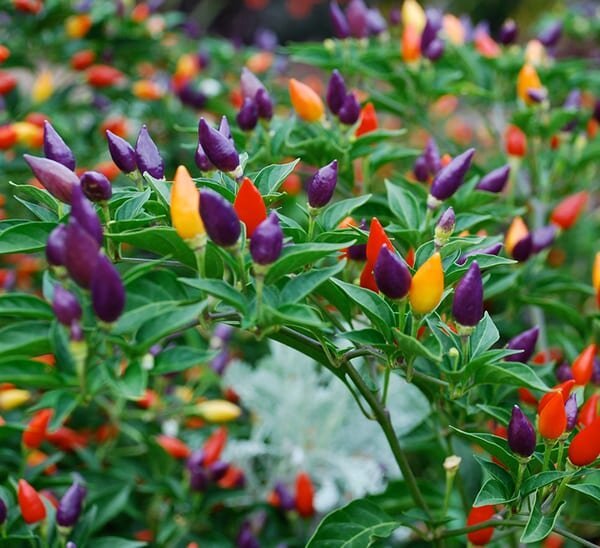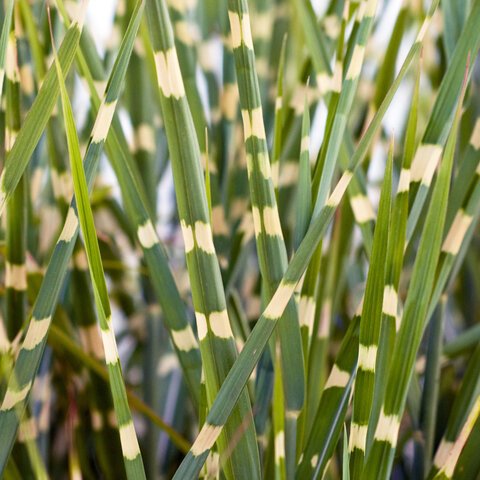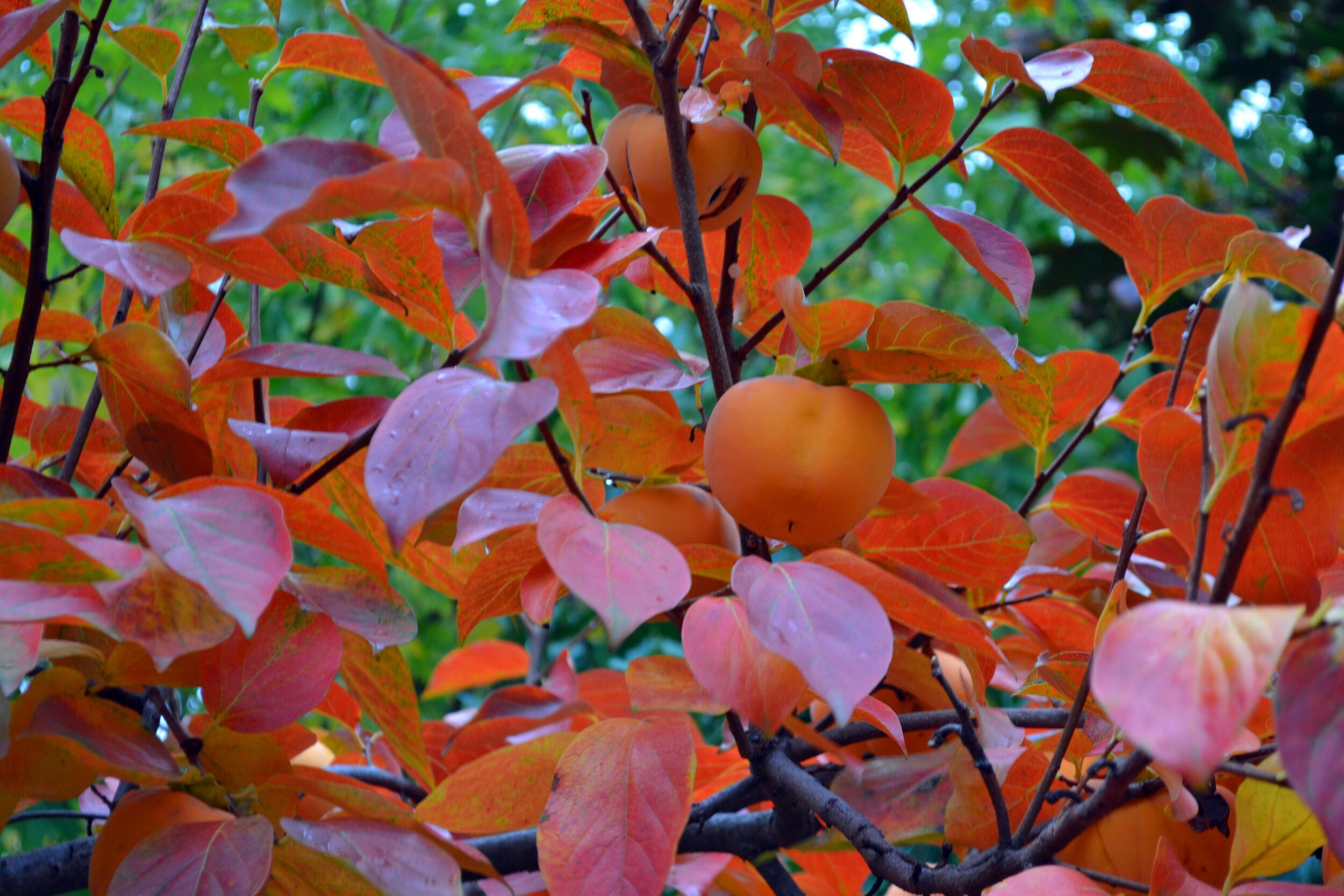What Blooms in Fall: The Unusual Suspects
Choosing flowers for your wedding that are in season is great for a variety of reasons. For one, iI’s sustainable. Florists are able to get the freshest blooms for your wedding. Being able to source them from local farmers is also cost-efficient. If you desire a particular flower or plant that’s not in season or local, that means it has to be sourced from nurseries or even different countries. This drives up the price of floral arrangements and can cause long lead times.
Much of the floral design process revolves around the concept of “fresh”. Fresh in liveliness and fresh in creativity.
There are amazing flowers, plants, greenery, and herbs that are available every season that may not look like traditional options, but opening yourself up to the unique opportunity to shop in-season allows you to meet some floral gems you may have never stumbled across otherwise.
Here are some of the more unusual blooms that are available in the fall.
Autumn Olive
Also known as Japanese silverberry, autumn olive is a shrub that produces yellowish-white flowers in addition to its unique silver-colored leaves, and yes, it does produce edible berries. Autumn olive berries are sweet, tart, pleasantly astringent, and can be eaten raw or cooked. Autumn olive can be sourced locally in Virginia during the fall season.
Cotton
It may never cross your mind to add cotton to your arrangements or bouquets, but these soft, fluffy fibers come with strong, woody, and rustic steams that add an outdoor tenderness to centerpieces and floral decor. Cotton stems dry easily and pair well with other fresh blooms or dried florals.
Millet
Not just for making flour, millet is a festive choice of foliage for fall arrangements. They present fuzzy seedheads that come in varying shades of brown and purple. Millet can also be sourced locally in Virginia during the fall season.
Ornamental Peppers
Coming in vibrant shades of purple, yellow, red, and orange, ornamental peppers adds playfulness and cheer to floral arrangements. They are sturdy resembling bright Christmas lights on a stem, but are incredibly too spicy to eat. Ornamental peppers can be sourced locally in the state of Virginia.
Sage
Sage
This evergreen subshrub is more than just an herb used for cooking. Its soft green leaves add a delicate and fragrant touch to wedding bouquets or floral arrangements. During the fall, sage can be sourced locally in Virginia.
Sunflower
Even though yellow sunflowers are a symbol of warm and cheer, they more commonly come in other colors, including maroon, brown, red, and orange. These big, bright, hearty flowers are a wonderful and pleasant addition to any floral arrangement.
Zebra Grass
This greenery is an ornamental grass that grows long thin blades of green foliage with yellow stripes that gleam, or glisten when hit with direct sunlight. The visual effect of this ornamental grass is quite stunning when placed in a tall arrangement. Zebra grass can be sourced locally in Virginia during the fall.
Beautyberry
In the summer, this shrub produces beautiful white and pale pink flowers; but, if you wait until the fall, they will also produce bright clusters of bright purple berries. Beautyberries can be sourced locally in Virginia during the fall season and their leaves are often used as a natural mosquito repellent.
Chocolate Cosmos
A springy-stemmed flower, these flowers come in dramatic shades of black-maroon and are velvety to the touch. Named for its smell, chocolate cosmos are quite poisonous and should not be eaten. This gorgeous flower is in full bloom and very fragrant in the fall and can be sourced locally in Virginia during that time.
Ornamental Kale
Not meant to be eaten, this ornamental kale is super bitter to the taste, but produces leaves in a variety of different colors including purple, pink, and white. Although it is a traditional leafy green, ornamental kale has been hybridized to grow into the shape of a flower.
Pepperberry
Native to Australia, the foliage and berries on this shrub make striking additions to floral arrangements. Their leaves are sharp and thin and add a unique texture to centerpieces and decor, while their berries add small bursts of pink and red to bridal bouquets.
Persimmon
Persimmon fruit grows on persimmon trees and those trees produce flowers. Their flowers, depending on the gender, can produce flowers ranging from a pale yellow to a bright orange that matches the fruit. Persimmons themselves are vibrant orange sweet treats that fit well in centerpieces and other floral arrangements. They can also be sourced locally during the autumn season.
Witch Hazel
Known for their antioxidants and anti-inflammatory properties, witch hazel is a flowering plant that produces bursts of pom-pom shaped flowers in yellow, orange, and copper red. Their long, voluminous branches are perfect for adding texture and depth to floral arrangements.
Much of what’s found in nature serves more than one function, or grows in unexpected ways, or blooms in more than one color. Choosing flowers and greenery within season means you’ll experience them at their freshest, brightest, and most vibrant shade at just the right time.



